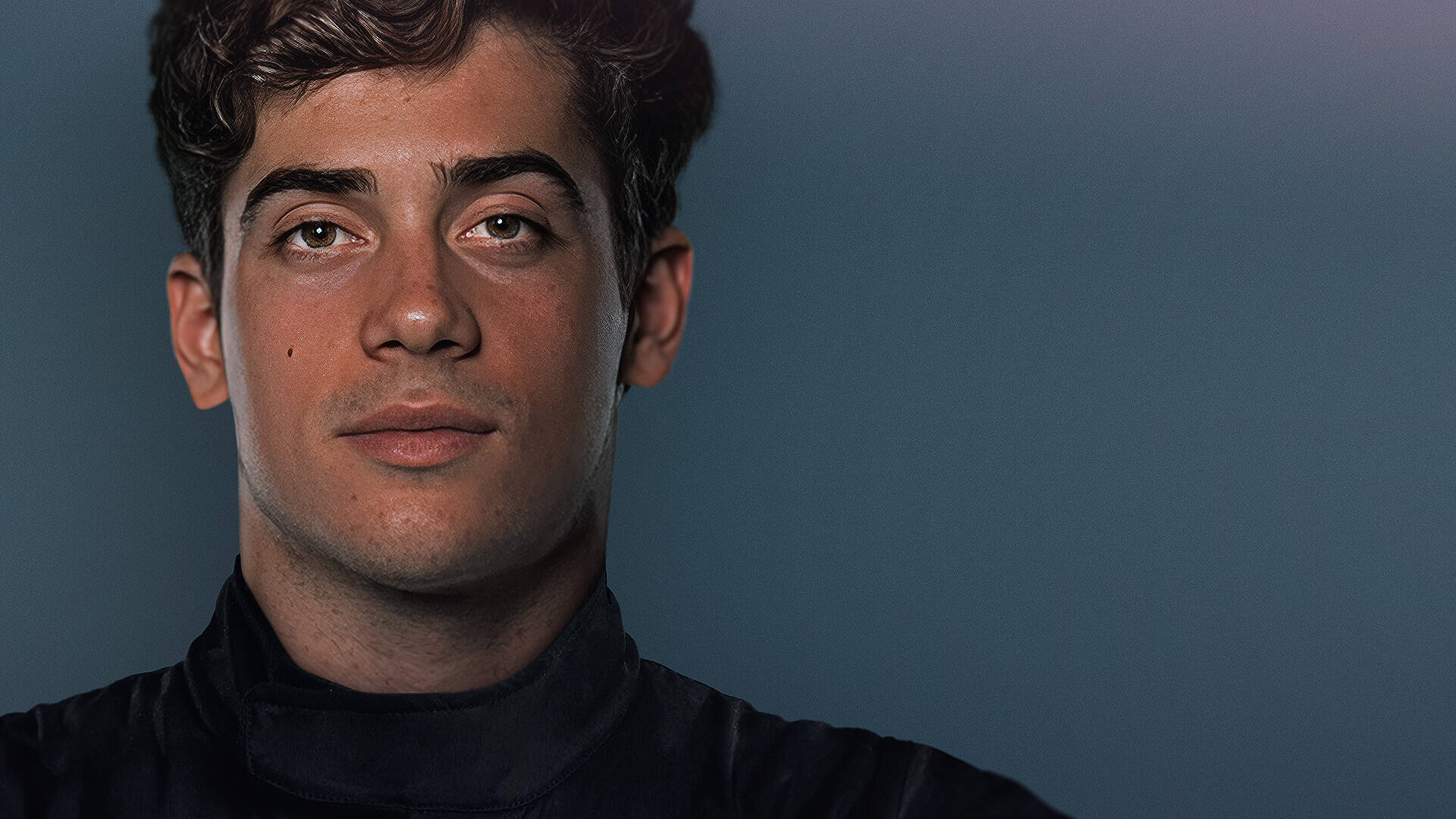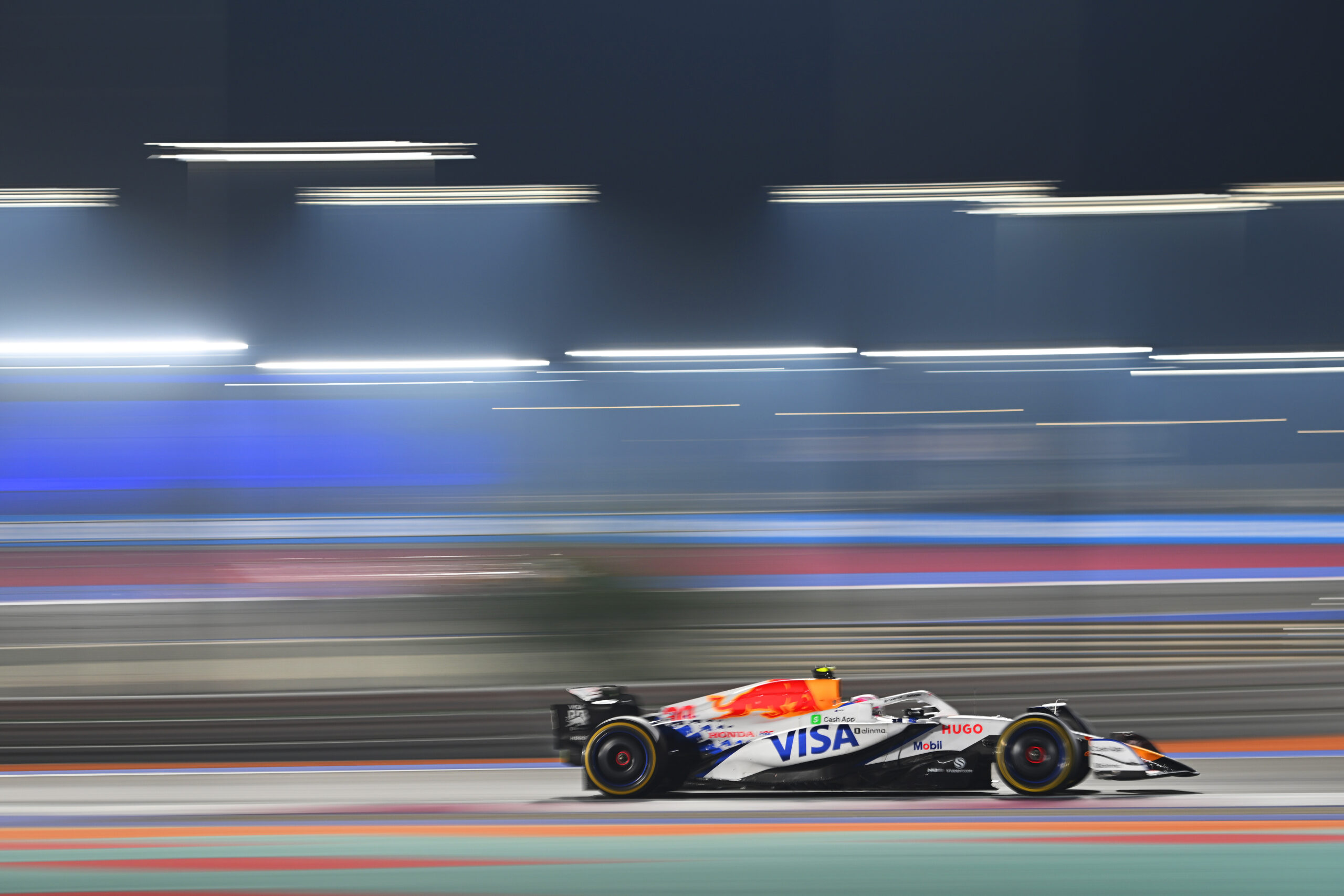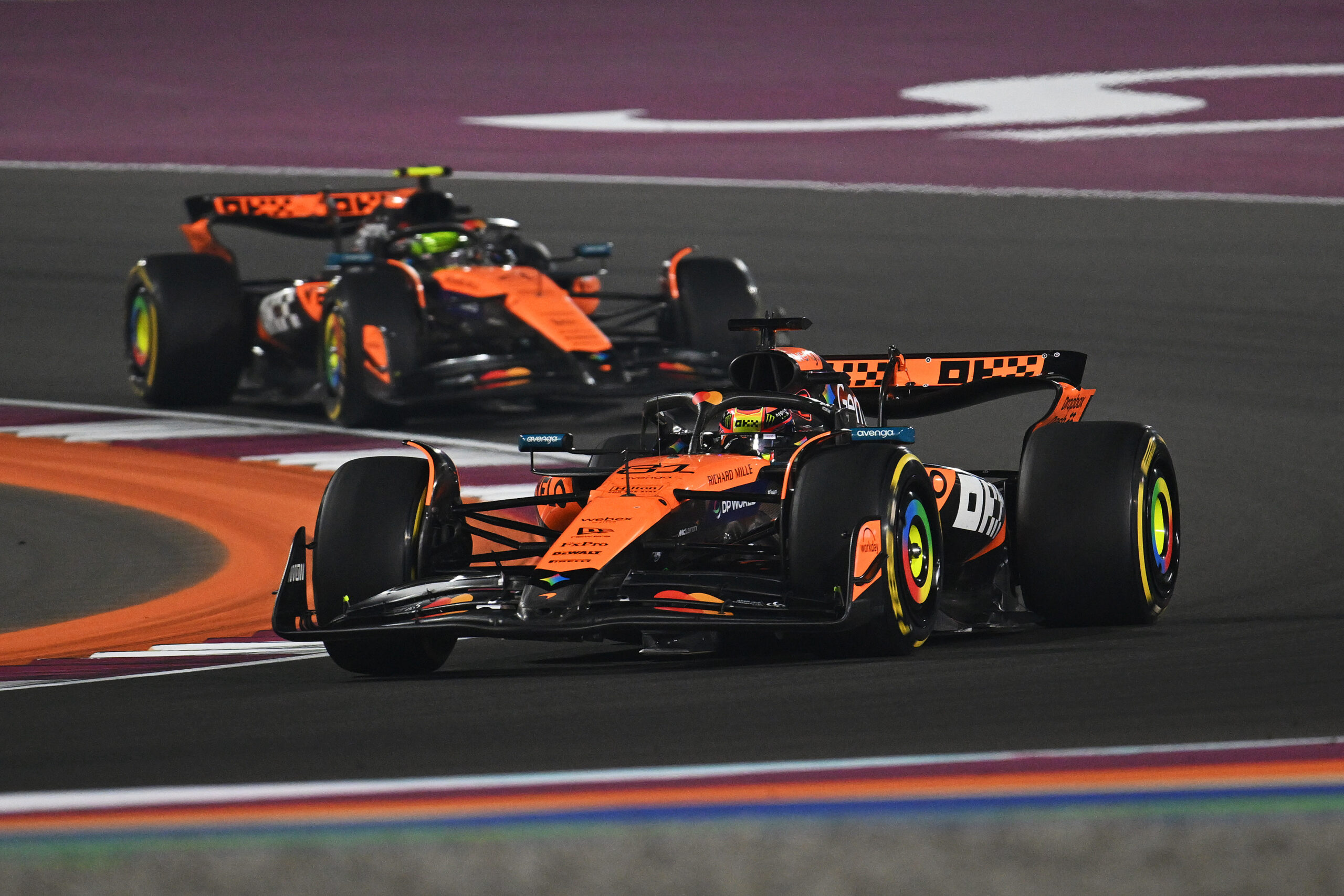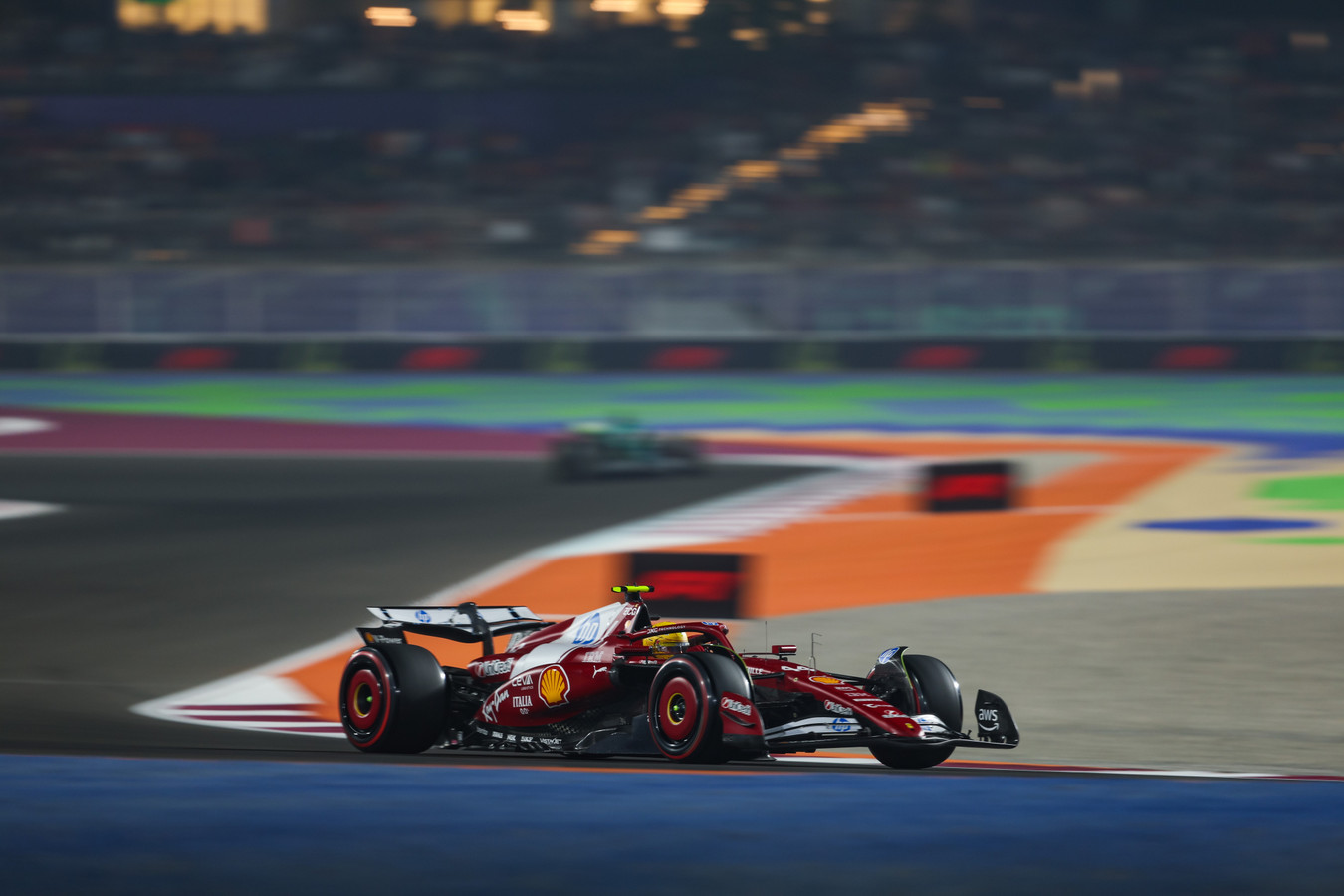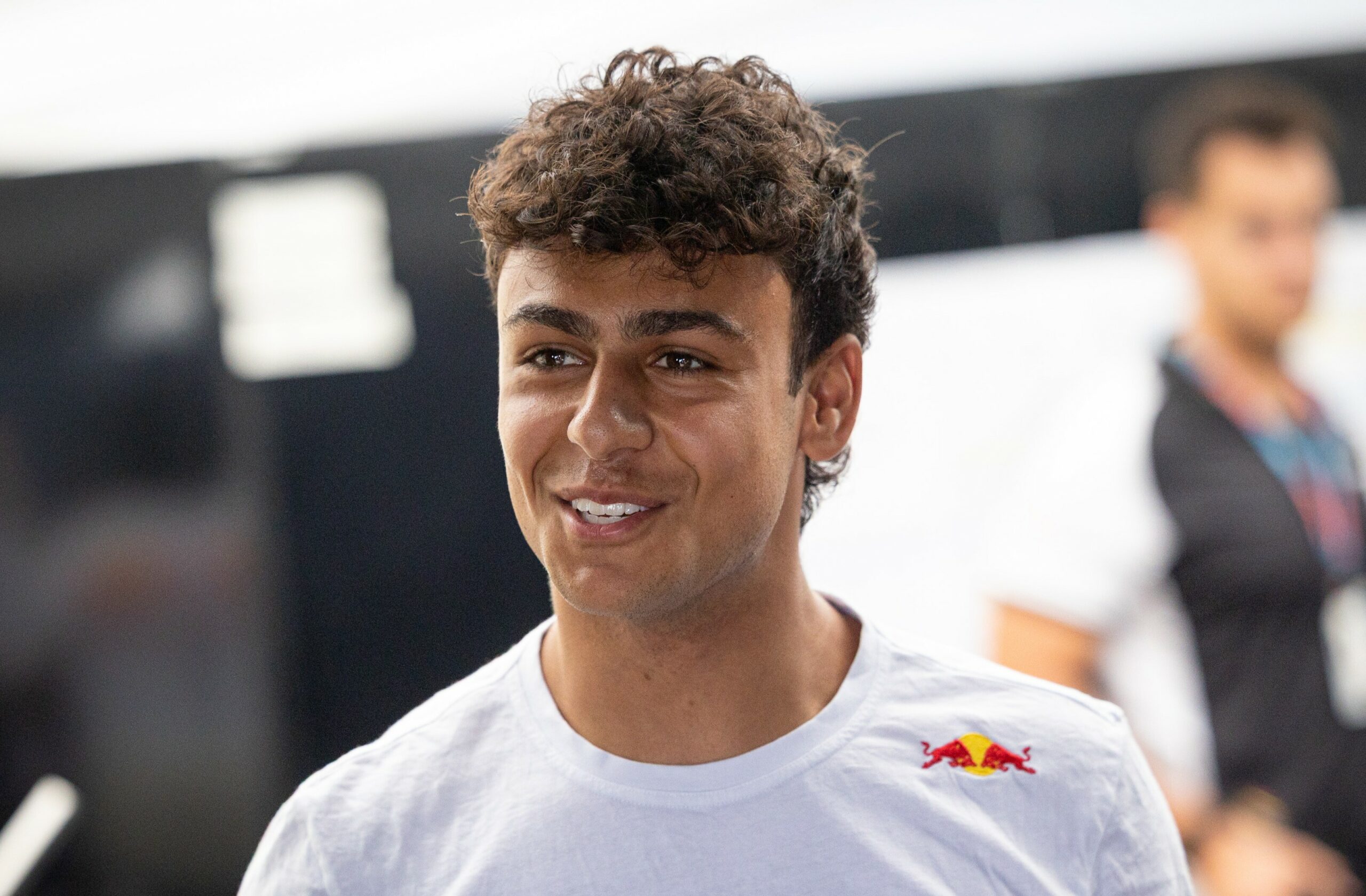Can you imagine leaving your homeland at 14—your family, your friends, your language—to chase something uncertain? Holding on to that decision year after year, with no guarantees? That’s the path F1 driver Franco Colapinto chose. Today, it brings him back to Formula 1—not as a reserve driver, but as part of Alpine’s main line-up.
His journey began in Pilar, Argentina, a city in Buenos Aires Province. He discovered motorsport at age 9 and quickly rose through the karting ranks. He won the Argentine Championship in 2016 and 2018. By then, he already looked like a future star. At the 2018 Youth Olympic Games, he won gold in karting, confirming his talent.
In 2019, at just 15, Colapinto entered single-seater racing. He dominated the Spanish Formula 4 Championship with Drivex and Fernando Alonso’s FA Racing. His talent on European circuits became clear, and his connection with Alonso hinted at his growing reputation.
A different path to F1
Colapinto’s rise wasn’t a straight climb. After F4, he competed in several major series—Toyota Racing Series, Formula Regional, and Eurofórmula Open. At the same time, he pursued endurance racing and achieved strong results in both the European and Asian Le Mans Series.
In 2021, he raced at the 24 Hours of Le Mans. He led the LMP2 category and became the second-youngest driver in the event’s history. Despite this success, his future seemed closer to Le Mans than Formula 1.
Then came 2022. Franco Colapinto debuted in the FIA Formula 3 Championship with VAR Racing. From the start, he impressed—winning races and securing pole positions. In 2023, he joined the Williams Racing Academy and finished fourth overall. That earned him a Formula 2 seat with MP Motorsport for 2024.
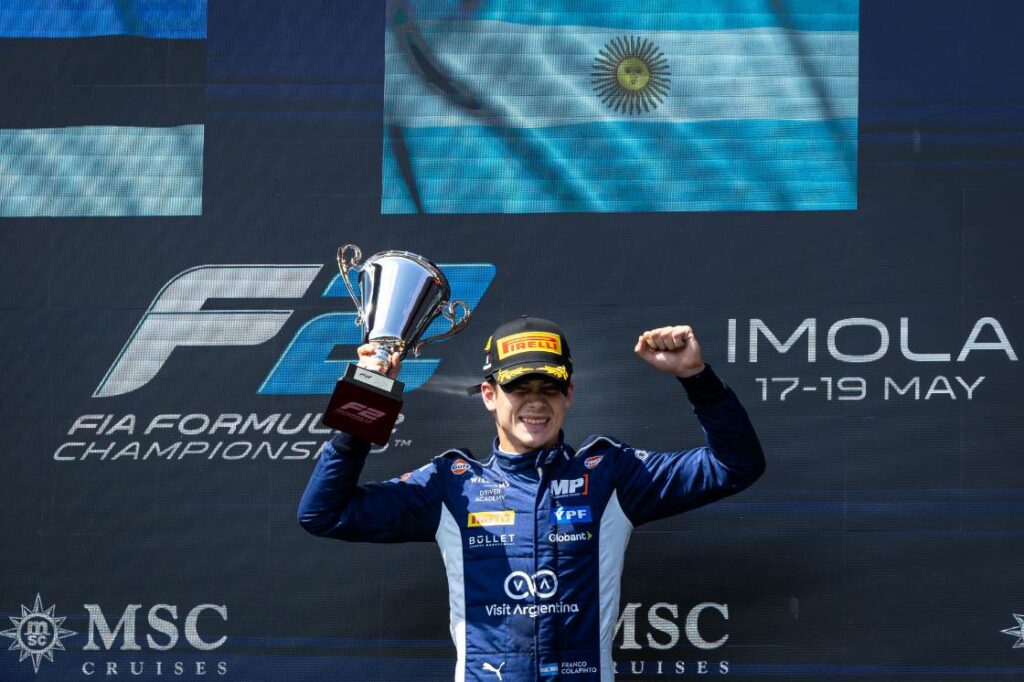
Seizing the F1 moment
Everything changed mid-2024. Williams Racing, dissatisfied with Logan Sargeant, turned to Colapinto. At 21, he made his Formula 1 debut, becoming the first Argentine driver in the sport in more than 20 years.
It was a bold call. Colapinto had little F1 experience—just post-season testing in 2023 and a Free Practice run at the British Grand Prix. Still, Williams took the risk. It paid off.
His debut came at the Italian Grand Prix. He finished 12th, only 14 seconds behind teammate Alex Albon. In his next race, in Baku, he outqualified Albon and finished eighth, scoring his first F1 points.
He later scored in the United States Grand Prix. But his season wasn’t flawless. Mechanical issues and a few crashes affected his final races. Still, he showed strong pace and resilience.
The team behind the talent
Colapinto’s progress wasn’t a solo effort. His parents and sister stood by him through every challenge. His managers María Catarineu and Jamie Campbell-Walter believed in him early and guided his career with care.
A quiet rise
Colapinto’s story isn’t about instant fame. It’s about quiet persistence and the courage to keep going. He didn’t chase attention. He chased the work—and the dream. But along the way, he found something powerful: a growing community of fans who believed in him, even before the big results came. Their unwavering support gave weight to his journey, proving that belief—shared and sustained—can be as vital as talent itself.
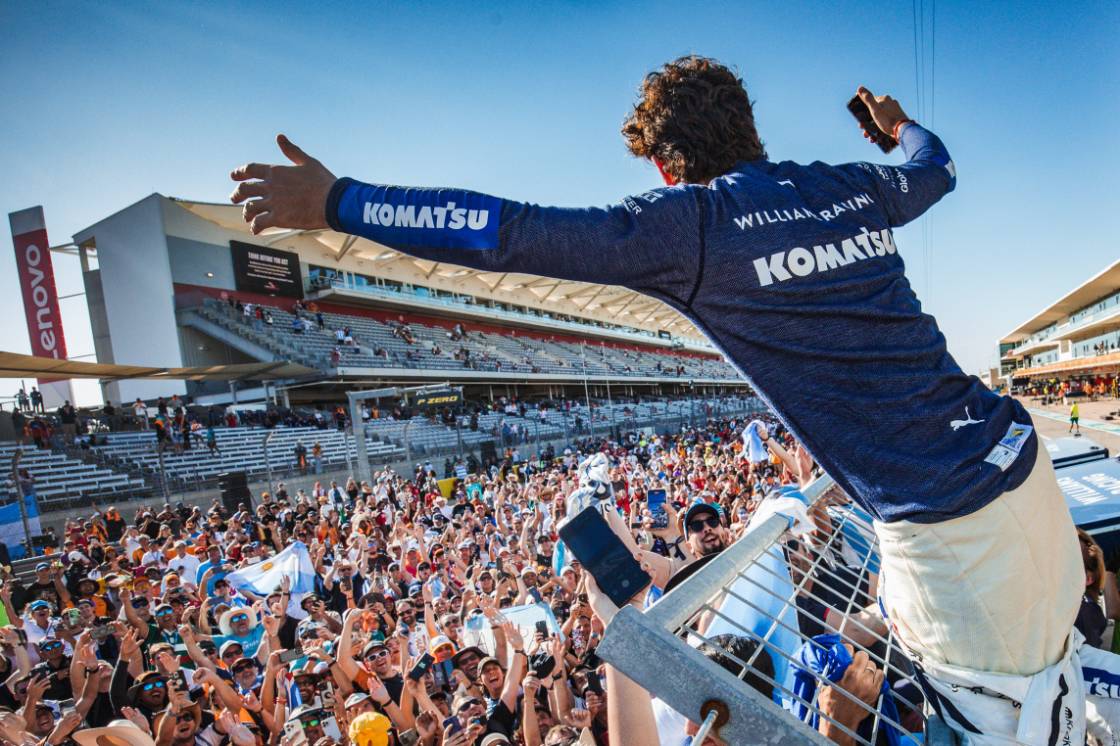
Formula 1 World Championship. Circuit of the Americas, Austin, Texas, USA.
Now, with a seat at Alpine F1, Franco Colapinto stands as proof that leaving everything behind in pursuit of a dream can lead somewhere extraordinary. His story shows that success isn’t always loud or immediate—but built over time, through quiet resolve and relentless effort. In a sport defined by speed and spectacle, he’s a reminder that those who take the hardest road often carry the deepest strength.

